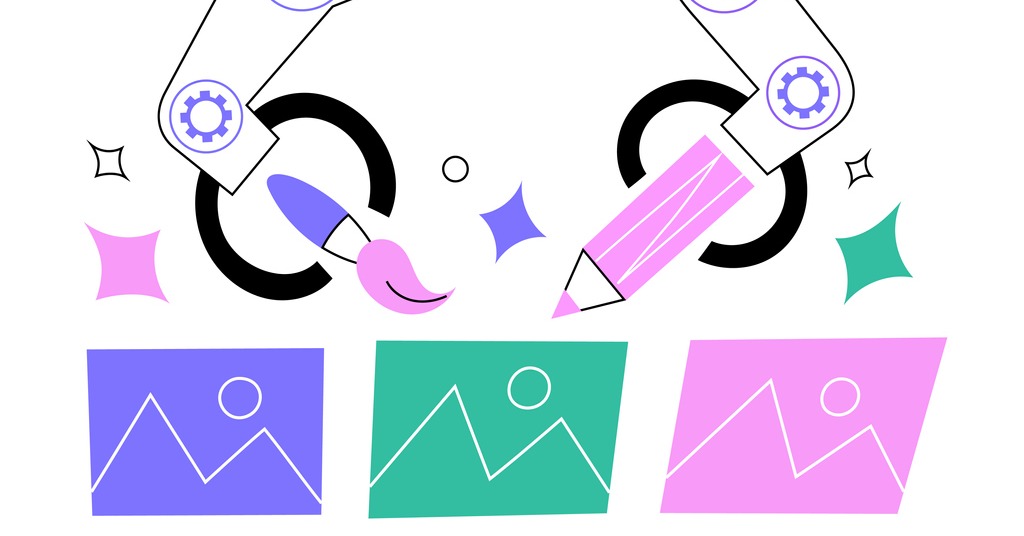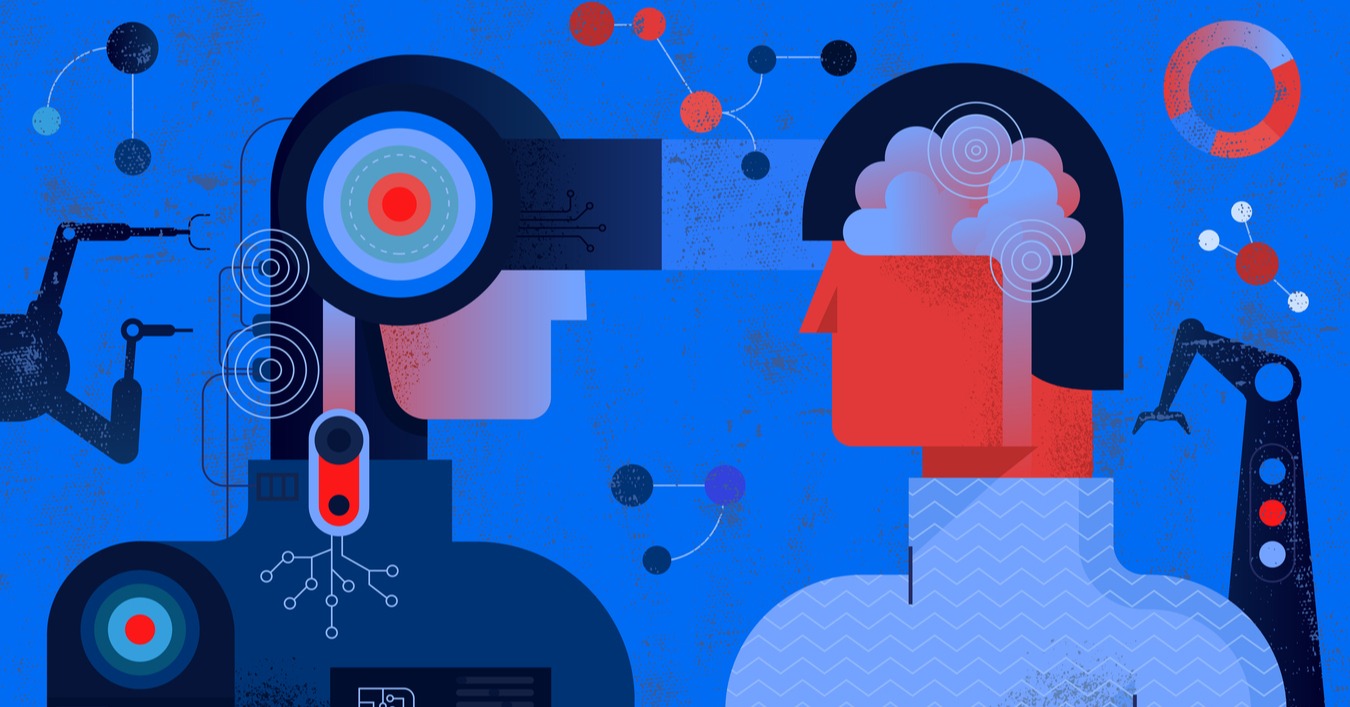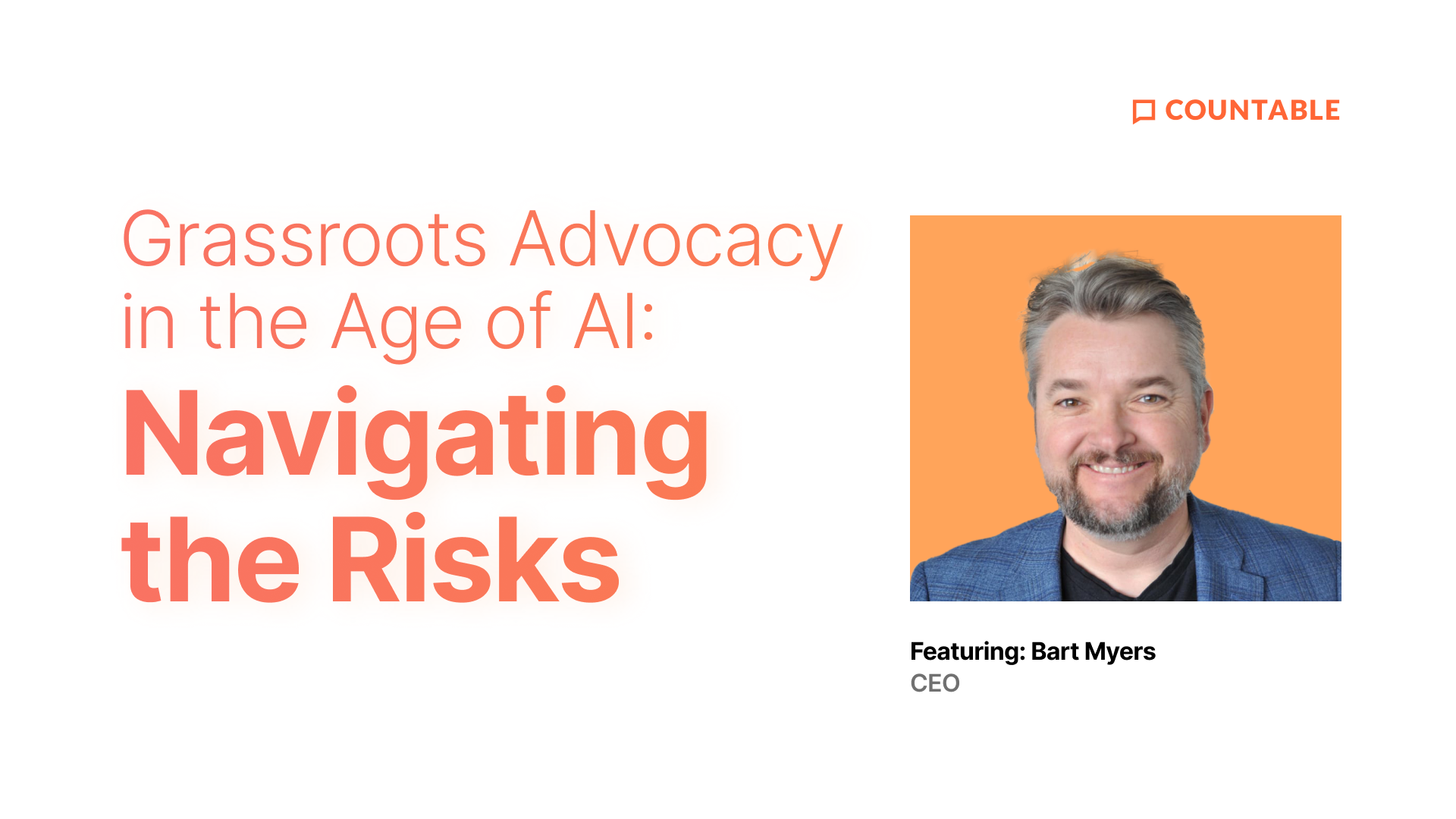Intro
With the evolution and development of generative AI, the potential for bad actors to send fake constituent messages to lawmakers en masse is a legitimate concern for those focused on digital advocacy and empowering audiences through technology platforms. While there are currently ways to validate an individual's identity, rising concerns over AI are demanding more preventative, complex measures. However, not everyone has equal access to technology, which can create significant barriers for marginalized groups seeking to participate in digital advocacy.
Equal access, justice, and equity are crucial elements to consider as new tools and platforms are being developed and authentication security becomes more nuanced and multi-layered.
The Problem
In today's context, Thomas Jefferson's quote that "we in America do not have government by the majority, we have government by the majority who can participate" is particularly relevant. Everybody should have the ability to take action and use their voice in Congress, without restriction based on access to the internet and digital tools.
So who is at risk of being left behind as access to digital advocacy becomes more regulated?
Formerly incarcerated individuals often encounter significant barriers when attempting to make their voices heard through digital advocacy. Internet service providers may refuse to allow individuals with a criminal record to set up accounts and, even if individuals with criminal records are able to set up accounts with internet service providers, they may encounter obstacles when attempting to purchase a cell phone or access certain websites or services due to restrictions on their online activity. With all these odds against them, the chances that a person will not only be able to get online but also send a digital message to their lawmakers are slim.
Unhoused individuals are another group that encounter numerous obstacles when it comes to engaging in digital advocacy. While public libraries offer free access to computers and the internet, those who are unhoused may face significant barriers to using these resources. Transportation can be a hurdle for someone trying to reach a library, and obtaining proper identification documents can be a challenge for those who are unhoused, which is often a requirement to use library resources. And in addition to all these barriers, public computers often impose strict time limits. Finding a campaign and figuring out how to contact the relevant parties can be a daunting task, especially given the time constraints.
Rural communities, farmers, and individuals without broadband access are at a disadvantage when it comes to digital advocacy. These groups often lack the necessary infrastructure to access the internet or have limited access to high-speed broadband, making it difficult for them to have their voices heard. Living in rural areas can also present additional barriers such as limited transportation options and lack of access to public libraries or other community resources that offer internet access.
It is important to note that these are only a few of the marginalized communities at risk of being left in the dust, and these challenges are not limited to specific groups. Individuals might experience multiple barriers to accessing digital advocacy tools. For instance, a person with a disability who lives in rural area or lacks broadband access may face significant challenges in accessing online advocacy tools that are designed for an able-bodied person.
Conclusion
While digital tools have revolutionized advocacy and activism, it is essential to consider the needs of all people and communities. We cannot afford to leave marginalized groups behind and risk their exclusion from the democratic process. It is essential to ensure that digital advocacy tools and platforms are designed and implemented with inclusivity and accessibility in mind, so that everyone has a chance to make their voice heard and bring about change. It is crucial to strive towards digital inclusivity and accessibility in the design and implementation of digital advocacy tools and platforms to ensure that everyone has the ability to use their voice to make change. By prioritizing equity and access, we can make sure that the rise of generative AI and other technologies do not exacerbate existing inequalities but rather become a means to bridge the digital divide and empower communities to participate in shaping our democracy.
Share this
You May Also Like
These Related Stories

Unleashing the Power of ChatGPT: Examples of AI-Generated Fake Constituent Messages

The Threat of Generative AI to Constituent Communication, Trust, and National Security

